Analysis of Aging Process for Sustained-Release Coating
Film-controlled sustained-release preparation is a common release mechanism, and the coating process is the most important content of this type of preparation. The success or failure of coating is influenced by factors such as prescription, process, and environment. In order to deeply understand the impact of prescription process and environment on the final product, it is necessary to conduct research and evaluation based on past experience and single factor experiments.
Let’s embark on a brief overview of the aging process that occurs in film-controlled sustained-release preparations. This article offers a succinct overview of the process, which we’ll delve into together.
1.The Importance of Release Rate Evaluation

Sustained-release Drug - Sourced: specac
Release rate evaluation serves as an important evaluation item in the stability stage of film-controlled sustained-release preparations, and it is also one of the key quality attributes of this type of preparations.
Compared to regular release preparations, film-controlled sustained-release preparations are more prone to release related issues during stability studies. The main factors causing such issues include formulation composition and parameter control during the coating process.
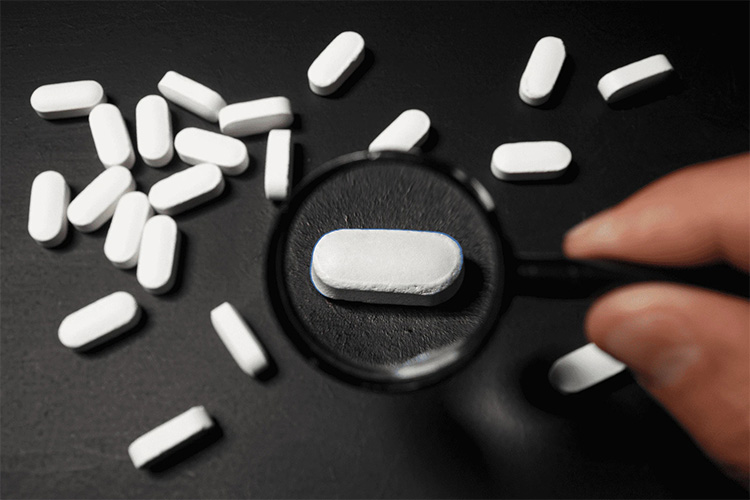
Film-coated Drug - Sourced: ipharmachine
In terms of coating process parameters, the aging process is one of the important parameters. The release rate changes during the stability stage need to be analyzed specifically based on the characteristics of the preparation.
In summary, structure determines properties, and any apparent changes must come from changes in the internal structure of the preparation. For products that use films as the core element for release control, it is necessary to understand the formation process and structure of their films.
2.Formation of Sustained-release Film Layer
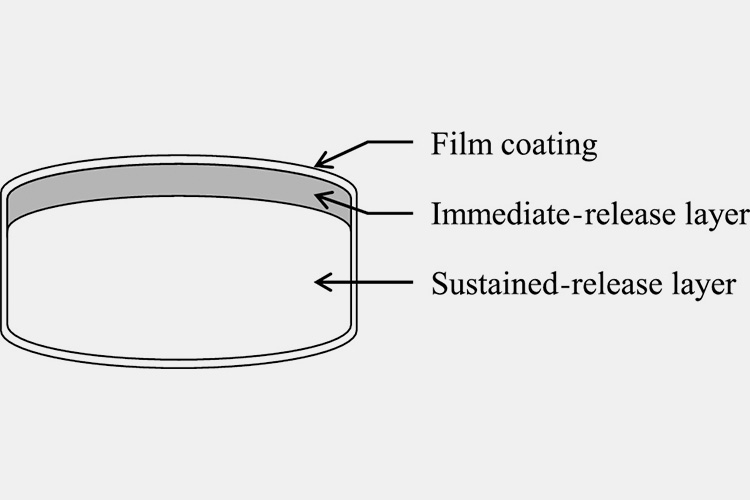
Sustained-release Film Layer - Sourced: pharmaexcipients
Solvent-based coating system (organic solvent system) and aqueous dispersion coating system are two common coating systems for sustained-release coatings, but their film-forming mechanisms are significantly different.
For solvent-based coating systems, the coating film is mainly formed by the desolvation of polymer molecular chains, cross-linking and stacking, and then arranged into a film; For aqueous dispersion, it is necessary to know the basic properties of the dispersion before film formation.
The water dispersion system uses water as the dispersion medium, and the polymer is formed by dispersing solid or semi-solid spherical particles of 0.01μm-1μm in water to form a coating system.
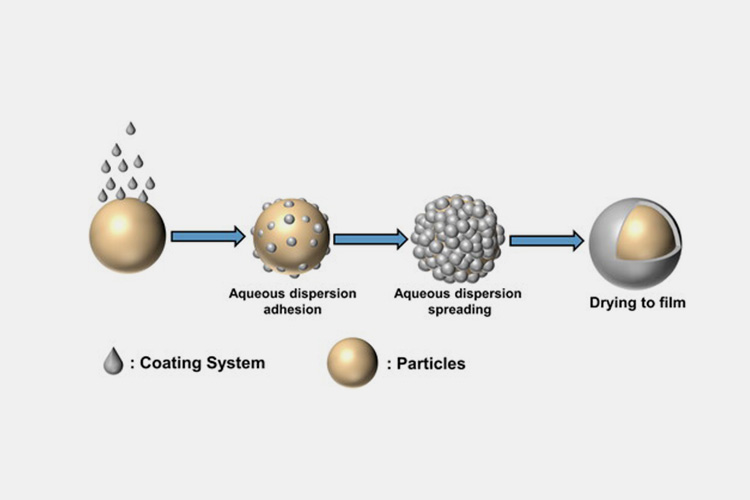
Water Dispersion System - Sourced: Taylor & Francis Online
The film formation process mainly consists of three stages:
Firstly, the coating solution adheres and deposits on the surface of the substrate through atomization;
Secondly, water evaporates from the surface and accumulates tightly between polymer particles;
Thirdly, with the dynamic operation of the substrate, friction, and the promoting effect of external temperature, adjacent polymer molecules undergo cross diffusion to form a continuous coating.
3.The Importance of Aging of Coating Film

Sustained-release Coating - Sourced: OpenPR
Broadly speaking, the entire process of film formation of sustained-release materials can be regarded as aging, that is, the process of polymer solution or particles aggregating into a film after heat treatment.
In the actual research and development process, we mainly consider the heat treatment process after completing the coating spray operation as aging, which is usually carried out in an oven and is commonly referred to as static aging.
In order to reduce the transfer of packaged coating from the coating pot to the oven, some aging processes usually continue in the coating pot while it rotates, commonly known as dynamic aging. Different coating systems require different aging conditions.
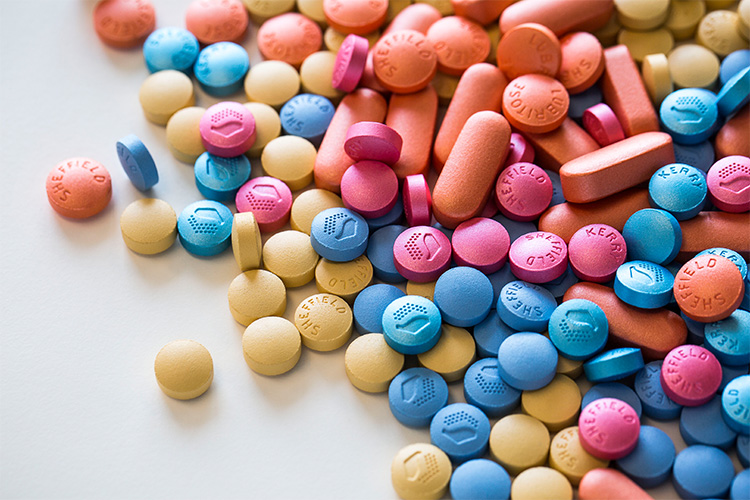
Drug Coatings Film - Sourced: pharmaexcipients
For the organic solvent coating system (solvent-based), because its solvent is easy to evaporate from the substrate surface, the cross-linking polymerization film formation between molecular chains can continue to form films during the spray coating process.
So it is right to carry out a weak heat treatment at the end of the coating (generally drying at 40-50℃ for 30-60 min), and there is no significant difference between static aging and dynamic aging;
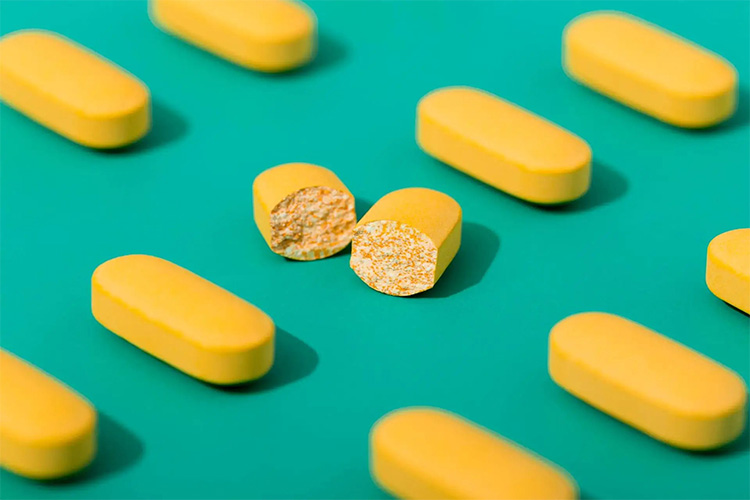
Coating Film - Sourced: ipharmachine
For aqueous dispersion, whether enteric coated or sustained-release, they must undergo an aging process to form a complete coating film. The energy required for water evaporation in the aqueous dispersion system is relatively high, so this type of coating material needs to be coated at a higher material temperature.
Due to the strong repulsion between particles in the aqueous dispersion, a certain driving force is needed during the coating process to enable the particles to tightly aggregate and form a film.
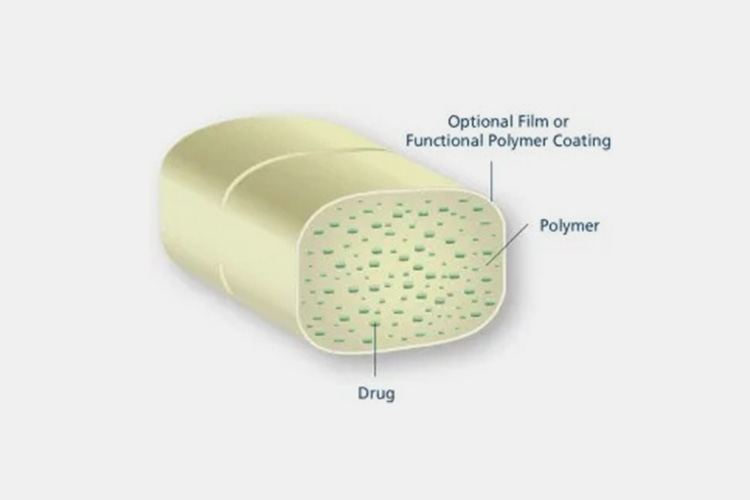
Film - Sourced: ResearchGate
The dynamic aging process generates capillary pressure between particles through evaporation of water, forming a dense film. Without dynamic aging treatment, a dense and continuous film cannot be formed, and there may be crystallization behavior of plasticizers, which can lead to OOT phenomenon in the long-term stability stage of the product due to the influence of external environment and release.
4.Determination of Aging Endpoint
The confirmation of aging endpoint is directly related to the stability of film formation, so understanding the changes in film structure under different aging conditions is particularly important.
Formulation developers usually adopt a terminal approach in this regard, directly using the release rate that may be affected by aging as the evaluation index for aging evaluation, and comprehensively examining temperature, humidity, and time in three dimensions to confirm the aging design space that can obtain stable release trends.
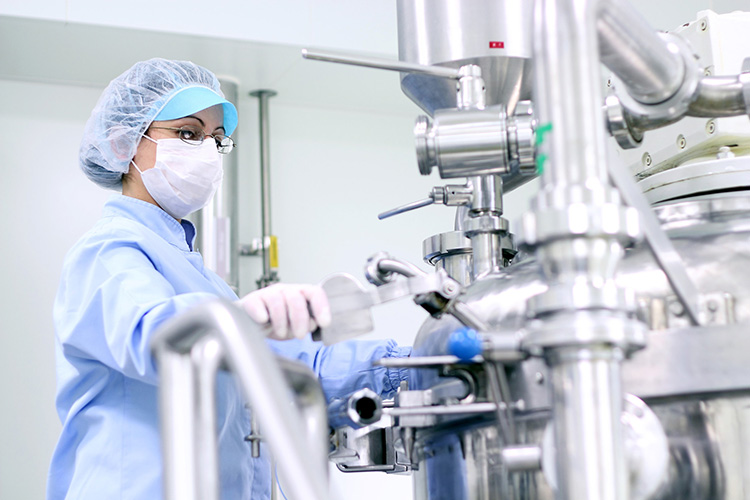
Technology - Sourced: iris-eng
With the understanding of aging processes, many mature analytical technologies are also applicable for evaluating the aging of sustained-release formulation films, including NIR, Raman, XuCT, and other such technologies that can achieve more sensitive, direct, and visual evaluation results in aging research.
NIR technology can be used for aging research of aqueous dispersion coating systems due to its high sensitivity in moisture detection;
Raman technology can quickly determine whether the aging process will cause changes in the coating and the chemical properties of the film material during the aging process, thereby guiding aging research;
XuCT technology is mainly used to analyze the changes in the physical structure of internal film materials during the aging process, and can intuitively analyze the changes in the coating film during the aging process.
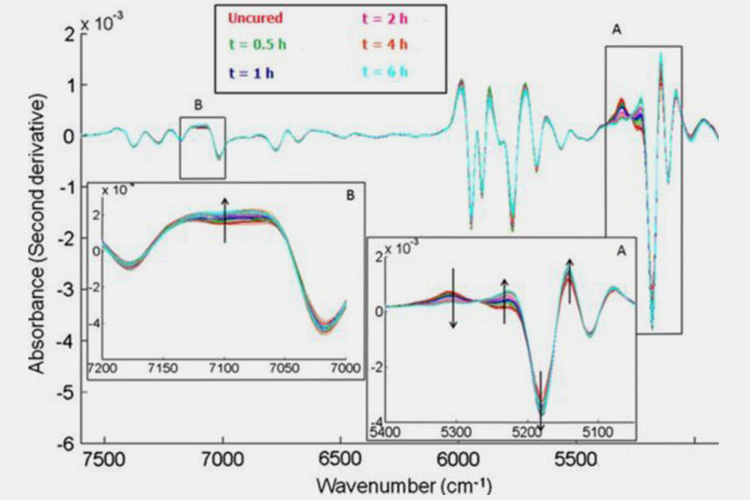
Electron Microscopy Auxiliary Detection
In terms of laboratory coating research, the dissolution method is used for evaluation, and electron microscopy is used for auxiliary detection to complete most of the aging optimization work.
For the release problems of coating films with difficult and complicated conditions, more intuitive analysis and testing methods are needed to deeply analyze the membrane structure and determine the influence of prescription technology on the membrane structure, and then determine the aging conditions.
The research on aging technology in the sustained-release coating process is often insufficient, partly due to the use of a relatively single evaluation method, and partly due to the need to strengthen attention.
Conclusion
The aging research of sustained-release coatings is similar to the influencing factors of regular release formulations, and the more thoroughly studied, the more beneficial it is for product quality control. The author is well aware that the content and degree of aging research are related to the composition of coating film materials and solvent systems, making it difficult to summarize based solely on experience or data.
There may also be some inaccuracies in the description in the article, and it is hoped that practitioners can exchange ideas and improve together. If you want to know more detail, please contact to Aipak Engineering.
Don't forget to share this post!
CONTACT US
Tell us your raw material and project budget to get quotations within 24 hours.
WhatsApp Us: +86 181 7101 8586

Tell us your material or budget, we'll reply you ASAP within 24 hours
